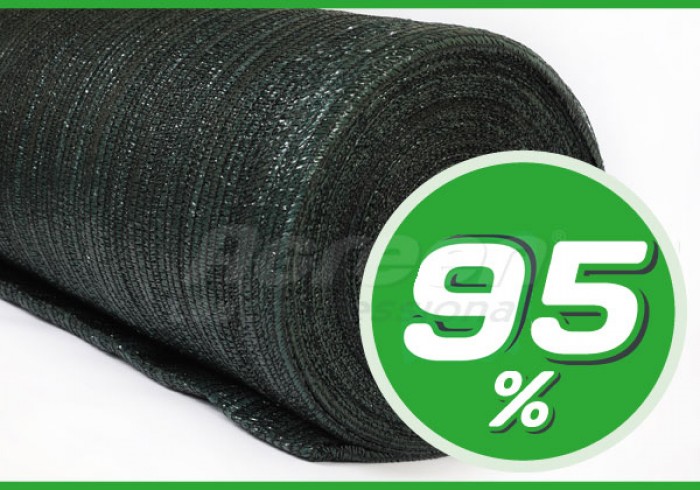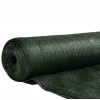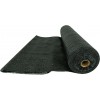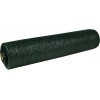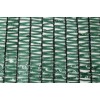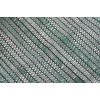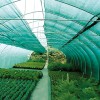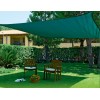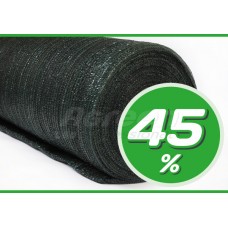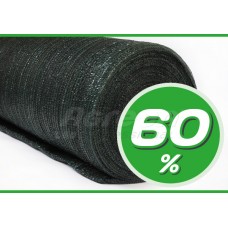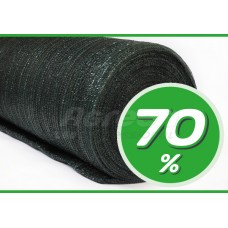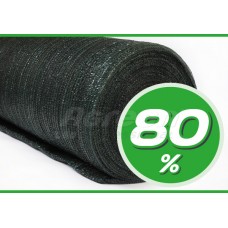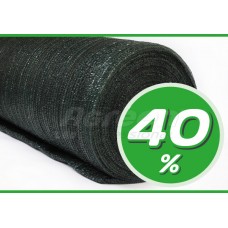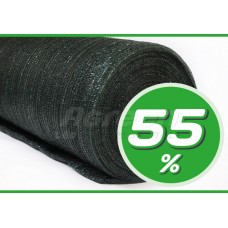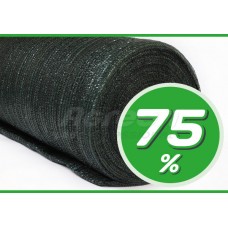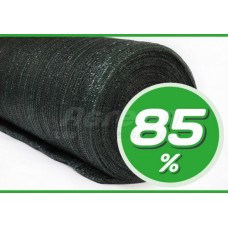Shading net 95%
color: dark green;
shading degree: 95%;
stabilization to the action of ultraviolet rays: 3 years.
As a source of energy for photosynthesis, sunlight is the most important condition for plant growth and development. Moreover, the rate of photosynthesis, and therefore the activity of growth, directly depends on the intensity of light: the more light, the higher yield.
However, an excessive amount of light is not only not useful for plants, but even harmful. On the one hand, when a certain level of illumination is reached, photosynthesis becomes saturated: a further increase in light intensity does not activate the accumulation of chemical energy. The level of light saturation is lower for shade-loving plants and higher for light-loving plants, but for both of them, on a sunny day, this level is several times higher.
On the other hand, only a very small part of the energy of sunlight is spent on photosynthesis. The other goes to heating the soil and the surface of the plants, and the air from them. As the temperature rises, the energy consumption for transpiration and respiration of plants increases. At extremely high temperatures, plants use more energy than is produced as a result of photosynthesis. As a result, the growth of plants is inhibited, which leads to a lack of harvest. The quality of the harvest for many plants, especially decorative ones, also deteriorates significantly.
The situation is complicated if plant roots do not receive enough moisture for normal transpiration. Water deficit triggers a number of negative physiological and biochemical changes in the plant, exhausts it, turns it into an easy target for diseases and pests.
Therefore, the most important factor in increasing the quantity and quality of the crop is the decrease in the intensity of sunlight reaching the plants in the spring and summer period. For plants in open soil, the optimal solution is the use of a shading net. On the one hand, it traps excessive solar radiation, on the other hand, it refracts and more evenly distributes sunlight.
The shading degree of the net is determined by the material from which it is made, the size of the thread and the pattern of the net, that is, the nature of the interweaving of the threads.
The net is fixed using metal, plastic or wooden frames, industrially manufactured or self-made.
Similarly, the specified nets shade the plants of the closed soil. At the same time, it should be noted that for greenhouses, both glass and film, the range of possible means for reducing the intensity of sunlight is much wider. A higher level of regulation of the microclimate in the greenhouse implies increased requirements for shading. In general, it should be differentiated, i.e. provide high light transmission in cloudy weather and retain excess radiation in sunny weather.
The ideal tool for this is the blind system. The shading screen closes in high light and opens in low light. A net or a special fabric is used as a shading material.



